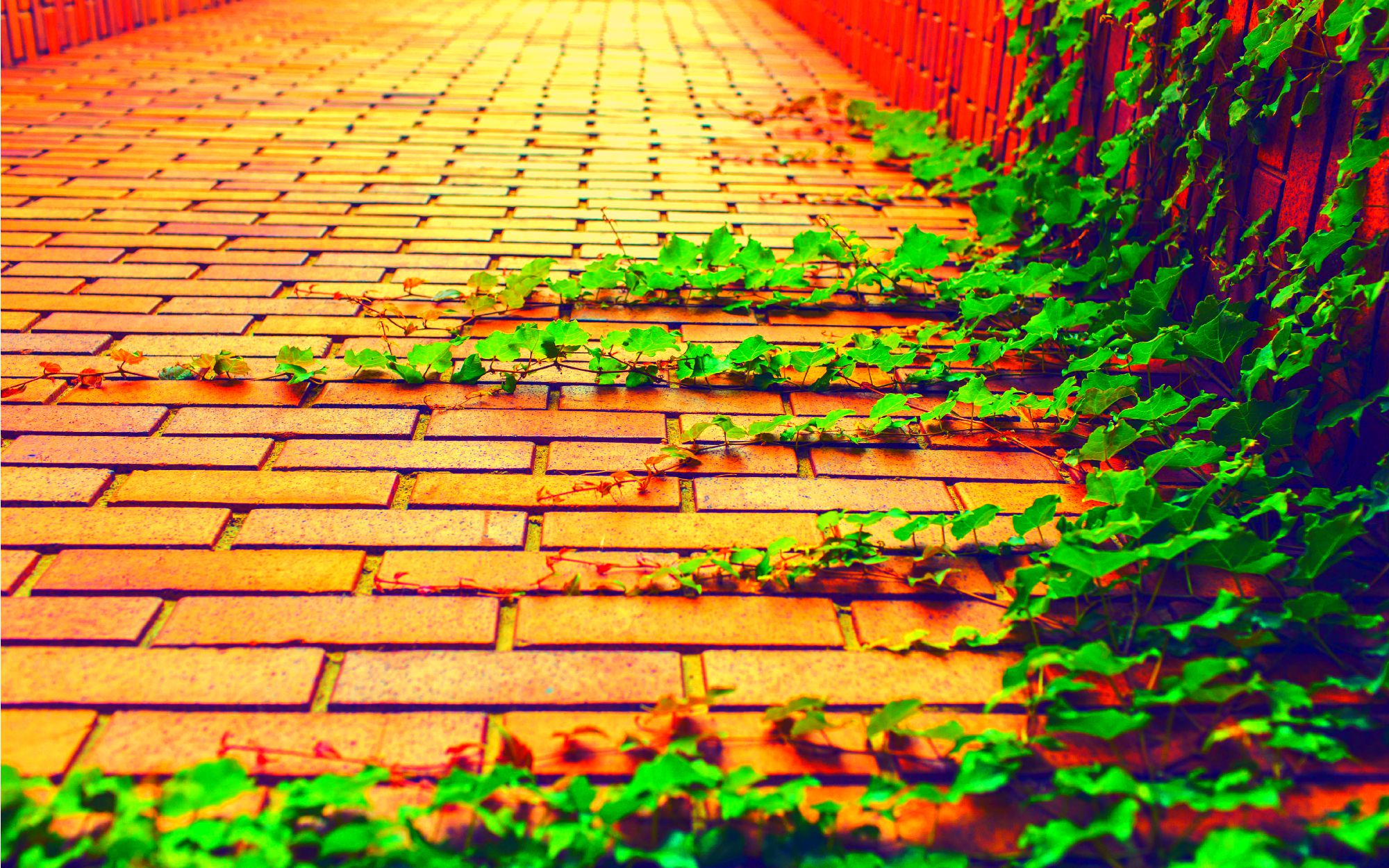10 Steps to Your Best New (Jew) Year

We love a fresh start, whether it be Gregorian, Chinese or Jewish. And as Mash-Ups, we get to celebrate them all. But how to do it best? For advice on how to make the most of our Days of Awe this Jewish New Year, we turn to our Jewish-American Mash-Up Franny Silverman for her 10 tips on making these 10 days awe-some (see what we did there?) and prepare our souls for a great. L’Shana Tova all.
The High Holidays: When non-Jews scramble to find childcare while their Jewish friends plan elaborate dinners of apples and honey and brisket — or don’t eat at all. Like many Mash-Ups, Jewish Americans get more than one New Year’s celebration. And, like the American New Year, the New Jew Year invites opportunities for reflection and intention-setting. A reboot? I’m in.
The High Holidays are the ten days between Rosh Hashanah, the first day of the New Year according to the Hebrew calendar, and Yom Kippur, the 10th day, or the Day of Atonement. Officially, they’re solemnly known as The Ten Days of Repentance. Or, the Days of Awe. My looser translation: The Awe-full Days.
We’re halfway through our days, kids. If you haven’t yet made amends, recognized where you screwed up, given yourself a high-five, and decided what you’re going to do better next year, you still have time to git er done. Here’s how.
1. Get in the mood.
I remember sitting in my undergrad dorm room listening to the Kol Nidre melody from my Catholic next door neighbor sometime in mid-winter. Apparently the tune that was familiar to me from years of Yom Kippur services and Neil Diamond, is actually a famous piece of music composed for the cello. Here are some other jams that get me in the highest of the holy day spirits:
Avinu Malkeinu Zkhor by The Sway Machinery. Really, anything by Jeremiah Lockwood and the Sway Machinery.
Monajat by Galeet Dardashti, a contemporary interpretation of the ancient Persian-Jewish prayers sung in the days leading up to Rosh Hashanah.
Who By Fire by Leonard Cohen. The folk hero adapted one of the most famous High Holiday prayers, Unetaneh Tokef, into a haunting ballad.
Heaven is Ten Zillion Light Years Away by Stevie Wonder. I have always said that if Stevie Wonder started a church, I would have to join. This song is only one of the ten zillion reasons why.
Pit’hu Et HaSha’ar (Open the Gate) by Ayelet Rose Gottlieb. They say the gates of heaven open on Rosh Hashanah and close on Yom Kippur. I prefer to think of our whole lifetime as a journey to unlocking our best personal and collective selves. To la-la for you? Maybe you’ll still dig this gentle breeze of a song.
2. Take stock.
Ever done an inventory of the soul? Two hundred years ago, a Rabbi influenced by Ben Franklin wrote a book daring folks to do just that, offering a recipe for spiritual accounting. No really. My version is just a couple of steps.
First, Set a timer for 2 minutes and list all the things in your life that are going well — relationships with friends/family/romantic partners, career, home, finances, art, education, politics. If the timer is still running and you’re done with your list, think harder or review your list and add details. Then, set a timer for 2 minutes and list all the areas in your life where you’d like to make active improvements.
After you’re done with your lists, identify one personal attribute that contributes to the successes on your first list. Pick one challenge from the second list and brainstorm how you could apply that positive attribute to the improvement of the situation. Then make a plan to implement that change!
3. Return.
During these days, the core action for Jews is t’shuva, commonly translated as repentance. But the literal meaning of t’shuva is “return.” Recalling, confessing, and asking forgiveness for mistakes made over an entire year can be really daunting, so let’s just start with a tangible application of the word return.
Overdue library books? Return them. Borrowed books or clothes or DVDs or power tools that have morphed into monsters under your bed? Return. Outstanding emails and voicemails and favors and jeans that never fit in the first place? That’s right: RETURN.
4. Understand your mistakes.
We all miss the mark sometimes. There are the mistakes we know about, and the ones we don’t.
Our known mistakes: These include everything from misdirected anger to not pulling your weight around the house. It happened, and you know it, and most likely you feel guilty.
Our unknown mistakes: These may be moments when our words or actions have hurt someone even though we had no intention to hurt them. Or maybe we were being unknowingly racist or sexist. But also, it could be that in some weird butterfly effect way, something we did negatively impacted someone else in a way that we couldn’t have imagined.
So now what? First, be gentle with yourself. Second, try this meditative writing exercise to help you sort out these oopsies.
5. Go deep(er).
On Yom Kippur we’re asked not only to take stock of our personal missed-marks from the last year, but also for our communal “sins.” So I offer a third version of the mistake to consider: The Communal mistake. These missed marks are likely a combo of those mistakes known and unknown. Traditionally this list is included in the confessional prayer called Vidui or Ashamnu and the list includes things like going astray and leading others astray.
I invite you to take this a step further and consider in what ways are the communities to which you belong are implicated in missteps, whether local, global, religious, or ethnic. Inadvertent racism or sexism are fun examples on this list. Now think of ways in which you can address these errors in judgment by working with your community.
6. Ask forgiveness (and don’t expect an answer).
A half-hearted apology doesn’t cut it. Are you really sorry? Every specific oops that is made, demands its own equally specific apology. And we have to remember that just because we are ready to apologize, doesn’t mean that the person we’re apologizing to is ready to forgive.
Stumped on where to start? This year, a synagogue in Beacon, N.Y. is actually issuing Forgiver’s Registration Cards to anyone who who can navigate a Google form.
7. Dunk.
Once all that taking stock and forgiving and apologizing is done, take yourself to the beach. Or a spa. Or if you really want to be kosher, get thee to a mikvah. Why: because cold water is good for you.
8. Practice dying.
This is important. Yom Kippur is a rehearsal for death. That is one of the reasons why people fast, wear white, don’t bathe or have sex. Abigail Pogrebin recently wrote about her experiment with practicing all of the Jewish holidays and rituals for one calendar year. Of Yom Kippur she wrote: “Made me wish that everyone knew it meant to prepare for death, because then we’d waste less life. Who wouldn’t make different choices if we knew this year were our last?” Ain’t that the truth.
9. Go inward (with others, of course).
In the neverending human quest for meaning, some American Jews have begun calling Yom Kippur the Day of At-ONE-ment. (Instead of atonement. Get it?) These holy days, more than most others, we are encouraged to go deeply inward. And as with all the Jewish things, to make sure we’re in the company of others… just in case.
In that spirit, sign up for 10Q. They’ll send you one question every day for the 10 days between Rosh Hashanah and Yom Kippur and then lock your answers away in a magical internet vault until this time next year. Then they send them back to you! So what if we’re on Day 5? There’s always time. (And you can totally back-answer questions once you’ve signed up.)
10. Feed and be fed.
The rule on Yom Kippur is no food or drink of any kind for 25 hours. There are lots of reasons why, but here are my top two: That not-of-this-world trippy shamanic spiritual high that you can get from actively not putting anything into your body, followed by brunch for dinner with your friends. Because let’s face it, usually if you’re eating lox and bagels at 8 p.m. on a Wednesday night, it’s alone in your underwear on the couch.
Not to underestimate that particular joy, but breaking a fast communally is a transformative ritual. To quote culinary ethnographer, Sari Kamin, planning a communal meal is an opportunity to create a menu of memory. Visit her site Honey and Schmaltz for the perfect recipes to build your own break fast on Yom Kippur. [Editor’s note: Or try any of these!]
May you forgive yourselves and others, and have a happy, healthy, and sweet year ahead. Happy Jew Year!
Looking for more ways to reboot body and soul? Check these out:
Starting Fresh: Five Detox Traditions from Around the World
Apples and Honey, Mash-Up Style
What Do a Buddhist, Episcopalian, Sikh and Jew Have in Common?





